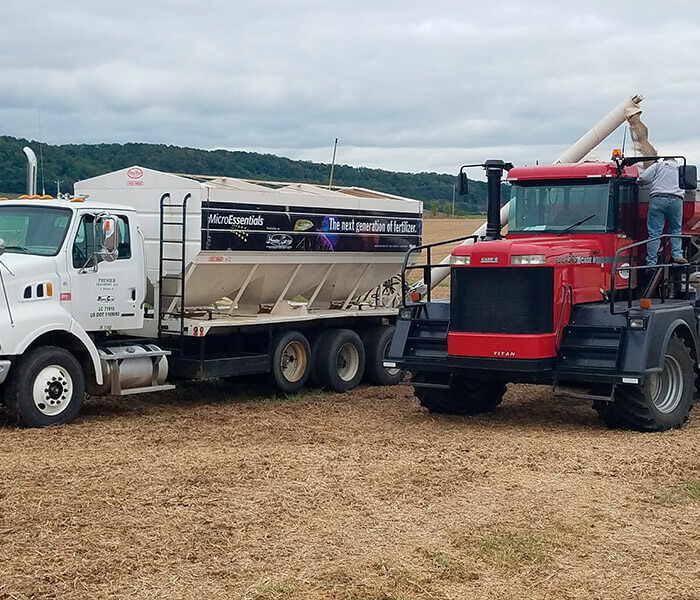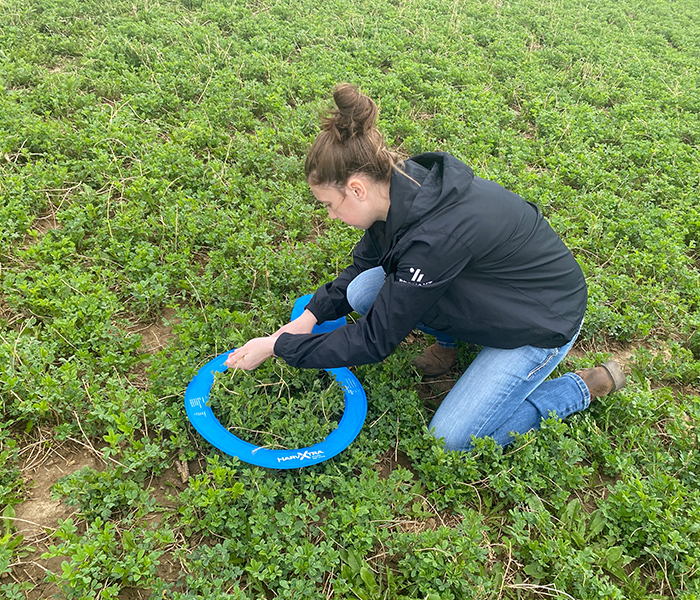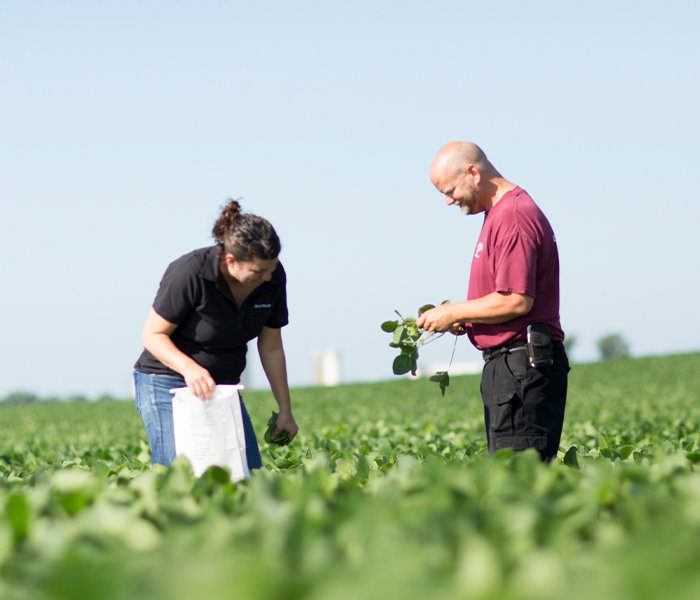Will your alfalfa reach its full yield potential?
Assessing the health of alfalfa stands is extremely important in helping estimate future yield potential as well as anticipating which fields are likely to suffer yield loss due to winterkill. Learn from Agronomist Mikayla Caygill as she explains how to evaluating stands.
Another valuable piece of evaluating alfalfa stands but one that is often overlooked is taking a close look at the crown of the alfalfa plant. Heavy traffic and compaction cause injury to the crowns creating a wound allowing the introduction of crown rots and other soil diseases. This will impact the longevity of your stand as well as a reduction in yield potential. The root health of alfalfa is determined by on a scale from 0-5 (0 being healthy) and in this case I would call this between 1 and 2 with some light discoloration but still strong enough to make it though the winter.
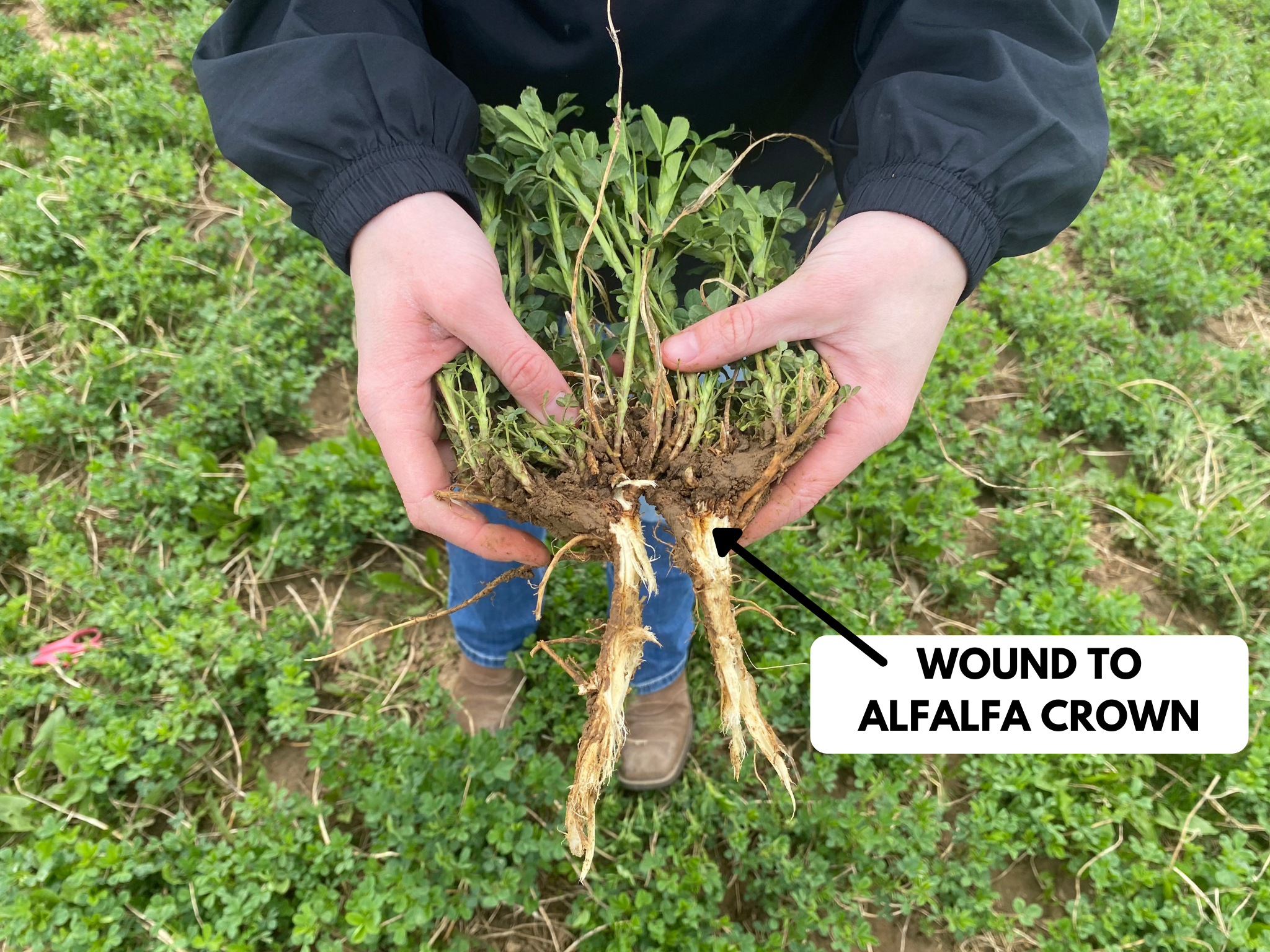 Please contact your local Premier agronomist today if you have any questions on evaluating alfalfa stands.
Please contact your local Premier agronomist today if you have any questions on evaluating alfalfa stands.
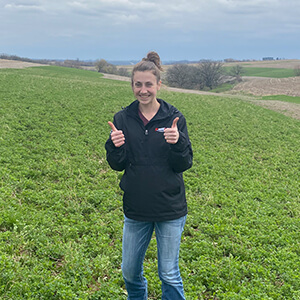
Mikayla Caygill
Agronomist
